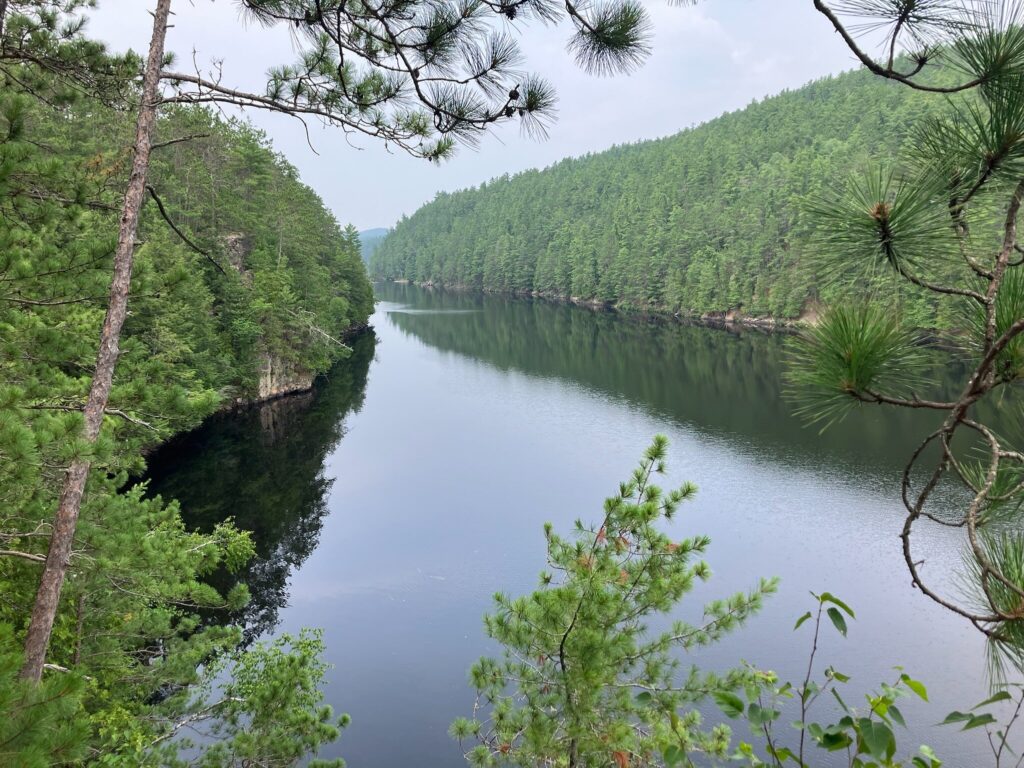
Introduction
Samuel de Champlain Provincial Park, located in Ontario, Canada, is a premier destination for outdoor enthusiasts and nature lovers alike. Established in 1955, the park spans over 2,000 hectares of pristine wilderness, offering breathtaking views of rugged landscapes and untouched nature. Its relevance today lies in its rich biodiversity and the opportunities it provides for recreation, conservation, and education.
Park Features and Activities
The park is named after the famous French explorer Samuel de Champlain, who played a significant role in Canada’s early history. Visitors can explore over 100 kilometers of hiking trails, ranging from easy strolls to challenging hikes that lead to scenic vistas. The park also features several campgrounds, allowing for both tent camping and RV camping, making it accessible for families and solo adventurers alike.
The park’s main waterways, including the stunning Nipissing and Champlain Lakes, offer excellent opportunities for canoeing, kayaking, and fishing. Anglers can expect to catch a variety of fish species, such as bass, pike, and trout. Additionally, the park provides guided canoe trips and rental services, enhancing the experience for those new to these activities.
Conservation Efforts
In recent years, the park has focused on conservation efforts to protect its unique ecosystems. Habitat restoration projects have been initiated to support the local wildlife, which includes species like the eastern massasauga rattlesnake and various migratory birds. These initiatives are crucial, especially in light of climate change and the impacts it has on natural habitats.
Visitor Engagement and Significance
Samuel de Champlain Provincial Park not only serves as a recreational hub but also as an educational site. The park hosts various programs, including workshops and guided nature walks, aimed at raising awareness about the importance of conservation and the local ecosystem. This engagement fulfills an essential role in reconnecting visitors with nature and fostering a sense of stewardship for the environment.
Conclusion
In conclusion, Samuel de Champlain Provincial Park represents a critical natural asset in Ontario. Its blend of recreational opportunities, commitment to conservation, and educational programs make it a valuable destination for residents and tourists. As interest in nature-based recreation continues to grow, the park stands as a symbol of Canada’s dedication to preserving its natural heritage for future generations. With nearly 200,000 visitors annually, the park remains a beloved part of Ontario’s cultural and ecological landscape.



